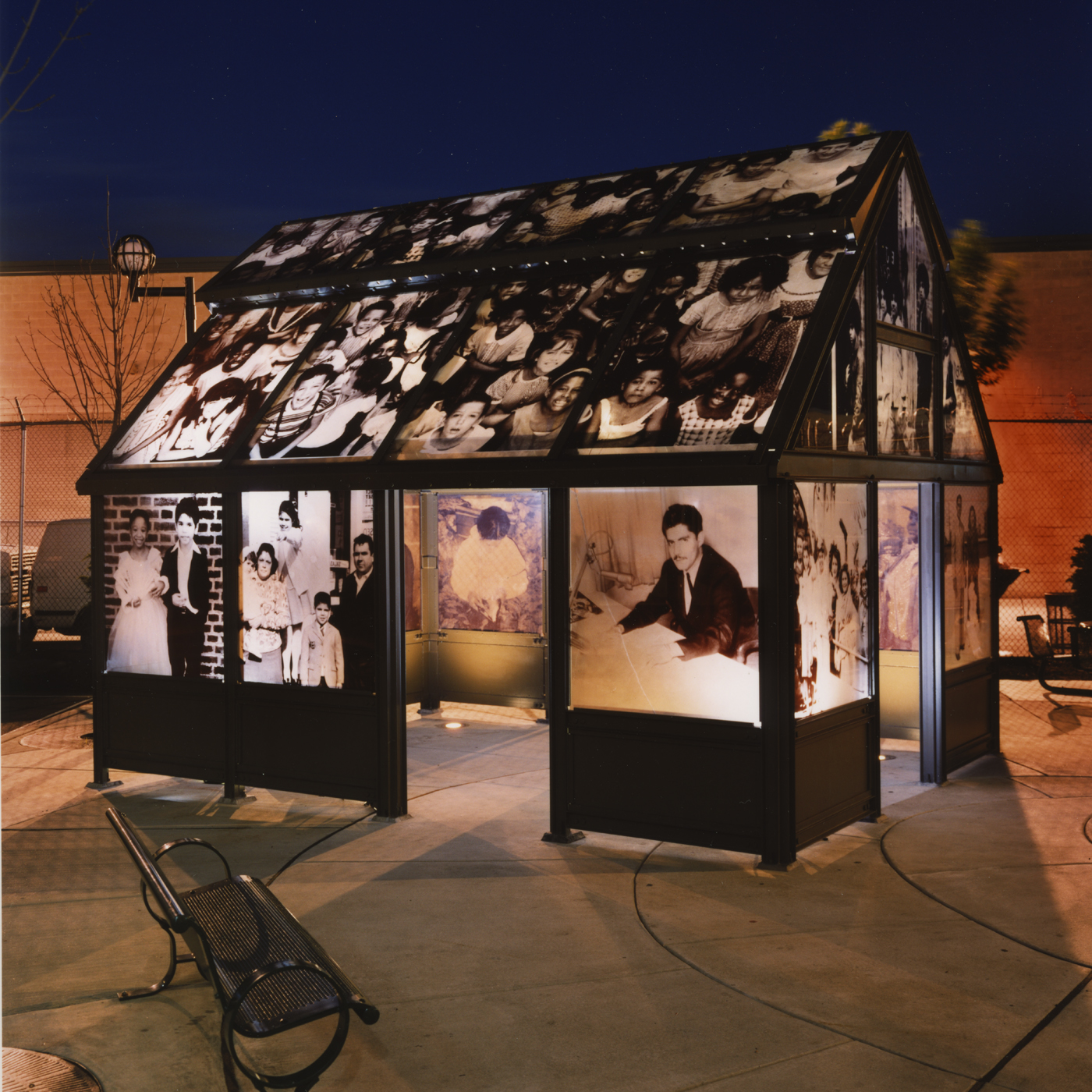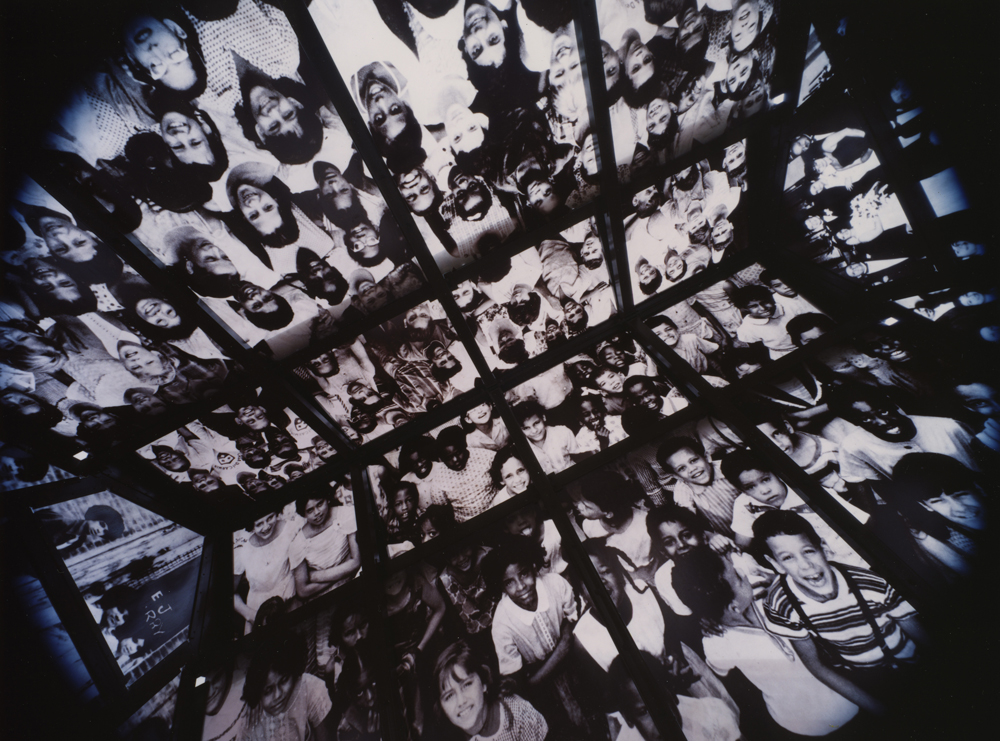One person’s response to I have a story to tell you…
Paul Sachs, Division Director of Behavioral Health Services at Congreso de Latinos Unidos, wrote this statement to help explain the importance and relevance of I have a story to tell you…, Pepón Osorio’s new project for Congreso. Public art is often controversial, and this project was a subject of discussion among Congreso staff. Some staff members asked about how the project spoke to the organization’s priorities and values. Others wondered if the time and expense of creating public art could be justified in the face of other needs in the community.
What does I have a story to tell you… have to do with what we are doing at Congreso de Latinos Unidos?

Our mission is to empower Latino communities. Clearly we think about empowerment mostly in economic and political terms—giving the people we serve opportunities for advancement in education and jobs, stabilizing their home life in terms of housing and support services, and bringing them into the mainstream of American life, rather than having them feel alienated and isolated on the fringe of society.
I have a story to tell you…, particularly the casita (little house), symbolizes to me three important themes in this mission: family, history and insecurity. Our self-confidence is based on our own background and on our heritage, our identity, our membership in a group. This confidence is established (or lost) over generations, by the history that our parents and grandparents passed on to us and was passed on to them. The home and the community are the settings in which our identity, through family history, is passed on. What better symbol of this process than a small house with pictures of people from the community, some present, some past?
Walk through anyone’s home, even of the poorest person, and most likely there will be a picture of someone: a family member, a religious figure or even a magazine picture cut out and pasted on the wall. Our identity is linked to the people who are important to us. The casita represents this.
All of us here know how fragile our own lives and any family’s life can be. This point is especially true for the people in our community who have suffered many hardships, sometimes as political refugees or subjects of discrimination. What better way to represent the fragility of a family’s and community’s life than by a house made of glass? Would the casita say the same thing if it were made of stainless steel or stone? I don’t think so.
How can you justify the cost of I have a story to tell you… when there are so many other needs in the community?
Psychologist Abraham Maslow studied exemplary people in history and developed a hierarchy of needs to describe what motivates people. The hierarchy moves from physiological needs, safety, love, esteem to self-actualization. Congreso deals with basic physiological needs (like nutrition) first and when these are met we move up the hierarchy through safety, love, and so on.
At Congreso, we are mostly concerned with providing for the lower needs—health, shelter, and financial services. But that doesn’t mean that the other needs are not important. If we just focused on the lower needs there would be no place for music, art, sports, or personal development.
It is easy to get overly focused on the lower needs, especially in our community where the needs are so great. But, I have a problem with that point of view: I think it tells the community that larger things are not important, that the community should not focus on those things, that they cannot appreciate them. I have a story to tell you… seeks to elevate the community in a way that our other services at Congreso do not—by providing a unique symbol and an example of how Latinos contribute to the city and the world beyond the jobs they hold, the families they raise.
Public art is an important civic need that is more and more overlooked as our society gets more and more materialistic. Artists have, unfortunately, always had to rely on wealthy patrons. The Catholic Church commissioned works by Michelangelo, the royal family of Spain commissioned works by Velazquez, Picasso’s painting Guernica, one of the most dramatic anti-war statements ever made, was commissioned for the Paris Exposition of 1937. What if that money just went to provide food and shelter for the general public? We would be deprived of inspirational works of art, things that can lift us up out of the day-to-day routine of our daily lives and help us consider our possibilities. I believe that I have a story to tell you. . . represents this to the community and it is important that the community know that its needs for inspiration are recognized, not watered down to the basic economic needs of existence.

Written by Paul Sachs, Division Director of Behavioral Health Services
Congreso de Latinos Unidos, Philadelphia, PA
June 2003
